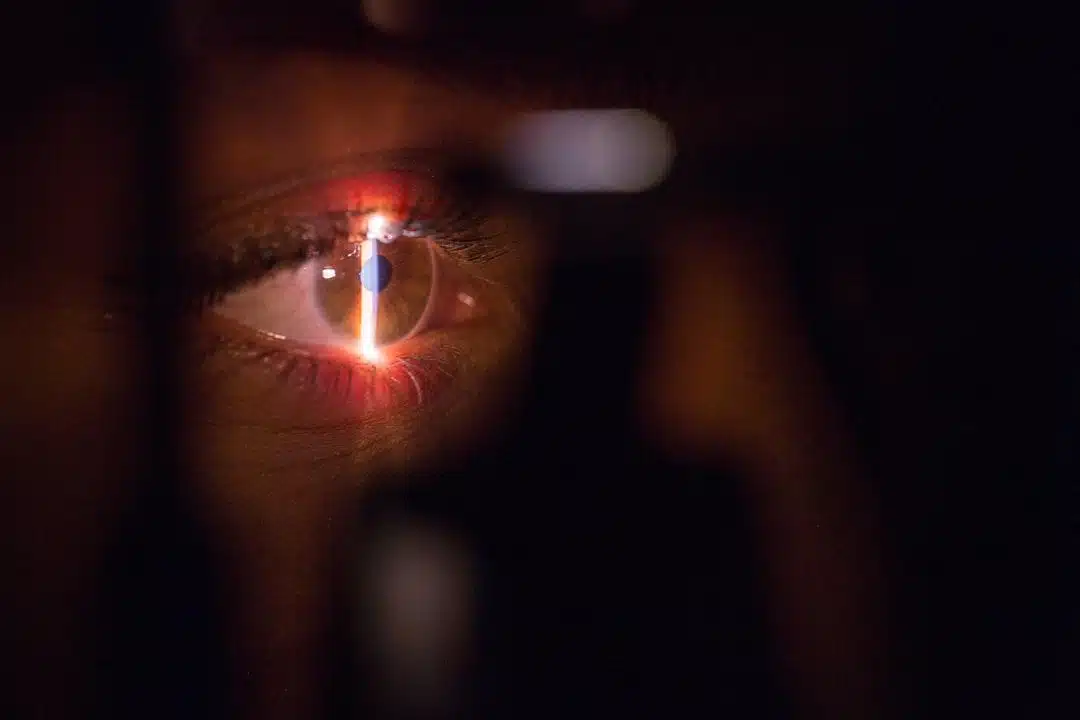Losing your vision can be scary, and a cataract diagnosis can be even scarier. Cataracts happen when the lens in your eye becomes cloudy. Your lens focuses the light that comes into your eye. When it becomes cloudy, you can experience vision problems like cloudy or blurry vision, faded colors, or a halo around lights.
Cataracts are extremely common with aging. About half of all Americans over the age of 80 have had cataracts at some point. Despite that, the diagnosis can be scary because the only way to get rid of a cataract is through surgery. This brings up a lot of questions, like, what is cataract surgery? What does cataract surgery cost?
To perform cataract surgery, a trusted ophthalmologist makes a tiny incision in your eye, removes the lens that has gotten cloudy with age, and inserts an artificial lens that restores your vision. After a short recovery, you’re back to enjoying a clear vision for years to come.
The expense of your cataract surgery will depend on a few factors, including the type of lens and surgery you choose to have.

The Difference between Monofocal and Multifocal Lenses
Two different types of intraocular lenses are commonly used in cataract surgery: monofocal and multifocal. The type of lens you choose is one of the biggest factors in determining your cataract surgery cost.
Monofocal lenses are the standard lenses for cataract surgery. Monofocal lenses focus your vision from a specific distance, either close, intermediate, or far. When you have cataract surgery with a monofocal lens, your vision will be clear at that distance but you may need adjustments for other distances. These are the most common lenses used in cataract surgery and the ones your insurance is most likely to cover.
Multifocal lenses are lenses that can correct your vision from multiple distances. You may not need glasses after surgery with a multifocal lens. While these lenses are excellent for providing clear vision from a range of distances, they aren’t considered medically necessary, and your insurance may not cover them.
If you choose a multifocal lens, your insurance typically will cover your outpatient surgery, anesthesia, and surgeon fee, except for any deductibles or copays. You are then responsible for the cost of the multifocal lens, which increases your out-of-pocket cataract surgery cost.
Types of Cataract Surgery
In the past, all cataract surgeries were done manually. The eye surgeon would make tiny incisions into the eye, break the old lens into small pieces, remove them, and insert the new lens — all by hand.
In 2010, the FDA approved the use of laser assistance for cataract surgery, and this type of surgery has gotten more popular since then. The lasers used in cataract surgery are called femtosecond lasers, and they perform three crucial steps: the initial eye incision, opening the capsule that holds the lens, and breaking the lens into pieces.
Laser-assisted surgery is usually used for surgeries using a multifocal lens. The type of cataract surgery you have could affect your cataract surgery costs.
If you have astigmatism, you can choose to have it corrected during cataract surgery. Astigmatism is caused when either the surface of the eye or the lens has a mismatched curve, causing blurry vision. Because astigmatism can be corrected by wearing glasses, many insurance companies do not cover this part of your surgery, which can increase your cataract surgery costs.
Other Considerations for Cost of Cataract Surgery
The type of lens and surgery you choose will have the most impact on your cataract surgery cost. However, there are a few other things that can impact the price.
Aside from your cataract surgery, you may need pre-op exam visits, eye drops, and follow-up visits. If the prices of these are not included in your total, you can expect your cataract surgery price to increase.
Your out-of-pocket cataract surgery cost will also depend on your insurance, deductible, and co-pay. Check with your insurance to find out what’s covered and what you’ll have to cover yourself.
